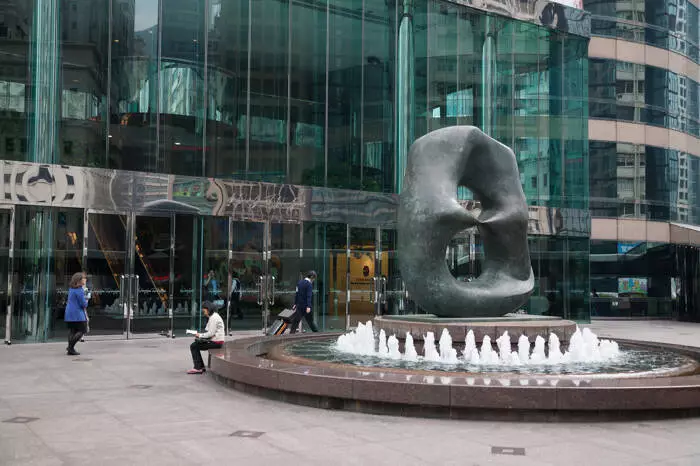The Hang Seng Index (HSI) has been navigating through turbulent waters, closing down by 1.01% in the week ending November 22. This decline reflects an alarming trend observed in previous weeks and is primarily driven by external pressures including potential U.S. tariffs on Chinese goods. Such tariffs not only threaten to disrupt trade flows, but they also dampen investor sentiment, leading to a notable adverse effect on Hong Kong-listed companies.
Prominent companies in the tech sector, such as Baidu and Alibaba, have reported disheartening earnings that further compounded the market’s woes. Baidu marked its steepest sales drop in the past two years, which served as a significant red flag for investors. Similarly, Alibaba faced steep declines, shedding 7.45% in response to warnings from competitors like PDD Holdings about an intensifying e-commerce rivalry. These events reveal an unsettling reality: major players in the technology sector are grappling with not only competition but also external economic pressures, creating a perfect storm for stock devaluation.
The troubles were not confined to the tech sector. The Hang Seng Tech Index (HSTECH) ended the week down 1.89%, following a staggering 7.29% drop in the preceding week. The real estate sector, once seen as a pillar of strength for the economy, also suffered, reflected by a 4.34% dip in the Hang Seng Mainland Properties Index. The uncertainty surrounding housing market policies, in conjunction with the broader economic malaise, casts a long shadow on the potential for recovery.
Looking beyond Hong Kong, equity markets on the Mainland also faced substantial pressure. The CSI 300 and Shanghai Composite indices saw declines of 2.60% and 1.91%, respectively, denoting that concerns regarding U.S. tariffs and a bleak economic outlook are resonating throughout the region. The chain reaction initiated by potential trade barriers solidifies a narrative of market vulnerability that stretches across geographical lines.
In stark contrast to the equities market, commodity markets exhibited signs of resilience. Iron ore prices edged up by 0.34%, which is quite surprising given the bearish mood surrounding China’s economic landscape. The surging demand for gold amid escalating geopolitical tensions, particularly the ongoing conflict in Ukraine, propelled its prices by 5.97% to reach $2,716. This serves as a poignant reminder that while certain sectors face profound adversities, others can thrive under stress. Russia’s nuclear warnings in response to Ukraine’s provocations illustrate how conflict can drive investors toward traditional safe havens like gold.
As we move forward, the outlook for the Hang Seng Index remains tenuous. The convergence of trade tensions, corporate earnings challenges, and geopolitical unrest shakes the foundations of investor confidence. The weeks ahead will be critical, as market participants look to gauge whether recovery is on the horizon or if the current downward trajectory is set to continue. Investors must remain vigilant and well-informed, monitoring both local and international developments that can significantly impact market dynamics.

